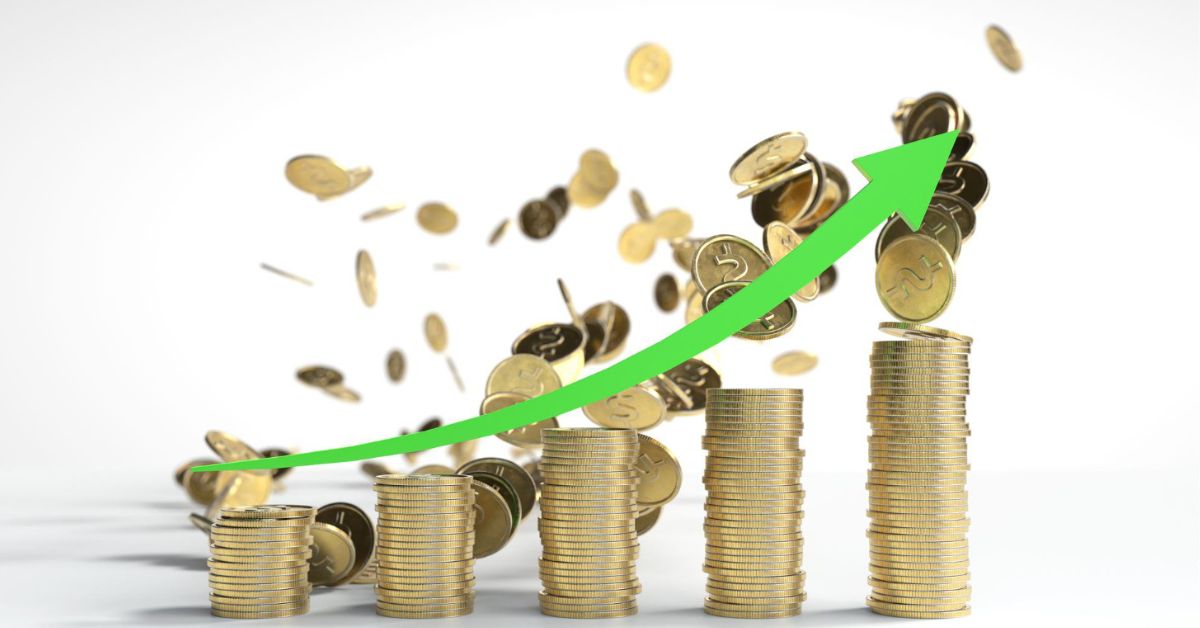Reducing income inequality requires a multifaceted approach that addresses both systemic issues and individual factors.
The 2022 consumer finance survey from the Federal Reserve shows that the average American household’s net worth jumped to a whopping $1.06 million.
That’s up by 23% from $868,000 in 2019. These numbers seem great at first glance, but when you look closer, it’s clear that the economic picture isn’t so bright for the middle class.
How Income Inequality Can Be Reduced
Despite the upheaval caused by COVID-19, family net worth managed to climb between 2019 and 2022. The median family income nudged up by 3%, while the mean family income went up by a heftier 15%. But this uptick in finances wasn’t shared equally.
It mostly benefited those already at the top, making the gap between the rich and the rest even bigger.
1. Surging Net Wealth
Over three years, people’s average net wealth leaped by 37%, and the overall mean net worth went up by 23%. This was the biggest rise ever recorded by the Survey of Consumer Finances. But when you look closer, the way wealth grew was pretty complex. The percentage of people owning their homes increased a bit to 66.1%.
However, the average value of these houses jumped a lot—from $139,100 in 2019 to $201,000 in 2022. Rising house prices helped grow people’s wealth, but they also made it harder for many to afford a house, with the average price now over 4.6 times what a typical family earns.
Digging into retirement savings and investing paints an uneven picture. Sure, more than two-thirds of people of working age saved for retirement, but mostly the richest families saw their savings increase.
It’s the same story with stocks: more people across all incomes bought shares, yet those earning somewhere in the middle to upper range hit the jackpot with their earnings.
2. Wealth Inequality Spotlight
According to data from the Federal Reserve, a USA Facts report points out the big wealth gap in America. It shows that the richest 1% of American households own 26% of all the wealth in the country. When you look at how much money different income groups have, the top 20% have more than four times the wealth of those in the fourth 20%, and just the top 1% have over half of what the entire top 20% has combined.
This is especially true when it comes to owning stocks and mutual funds: the wealthiest 1% have more than everyone else in the top 20% put together. This shows how hard things are for the middle class.
When it comes to owning a home, mortgage debt is a big problem for the middle class because it’s a bigger part of their total net worth than for the richest 1%. This difference makes it clear how tough it can be for middle-class people to save money and get richer compared to those who earn a lot more.
Economic troubles, like rising prices, mean most Americans, about 64%, are just getting by from one paycheck to the next. They’re struggling with everyday bills and surprises they didn’t expect. The growing amount of credit card debt, student loans, and other consumer debts adds to this constant feeling that there’s never enough money.
3. Challenges Amid Rising Net Worth
In summary, even though people’s net worth is rising, not everyone is feeling richer. Some reasons are unfair wealth sharing; heavy debts; not enough savings; and the wealthy getting richer way faster than everyone else. This problem, of some feeling poorer than they should, have highlights how tricky understanding money matters can be.
It also shows why it’s super important for financial experts to step in, especially for folks making between $150,000 to $250,000 a year. These pros can offer clever tips and plans that help people deal with their money issues better, helping them meet their hopes and financial dreams.
Even with the economic difficulties caused by COVID-19, the wealth of American families, especially their net worth, went up significantly from 2019 to 2022. In those years, the average family income rose by a small but noticeable 3%, showing that we’re pretty tough when money gets tight. On the other hand, the average income for some jumped by an impressive 15%, showing that the way money is spread out is changing.
But we’ve got to remember that not everyone saw their wallets get fatter. The extra cash was mainly seen in the bank accounts of the rich, making the gap between the wealthy and the rest even wider.
4. Paradox of Wealth
Over the last three years, we’ve seen a historic jump in the average person’s wealth. It rose by 37%, and overall average wealth rose by 23%. But when we look closer, the story gets more complicated. Homeownership, which is key for wealth, went up a little to 66.1%. And the median value of these homes shot up from $139,100 in 2019 to $201,000 in 2022.
While rising house prices played a big part in making people richer on paper, it also made things tougher to buy a home. Median house prices are now over four and a half times the typical family income, highlighting how homes are getting too expensive for many families. This spike in home costs is changing the conversation around how much wealth people have, and it’s making us think twice about who can afford to own a home.

5. Navigating the Economic Divide
Over the past three years, the economy has seen its ups and downs due to a mix of elements. Family incomes have generally been strong—in fact, the average family’s income and their total wealth have shot up quite a bit.
This shows that financially, things are moving fast. But hold on, because there’s a catch: the richer folks have been snagging most of these increases, leaving others behind. This issue puts the spotlight on how vital it is for new policies to step in and narrow the growing chasm between the rich and everyone else.
USA Facts recently released a detailed report with information from the Federal Reserve that reveals a troubling truth about how wealth is spread in the U.S.
The report shows a huge gap in wealth, with the richest 1% of households owning 26% of the country’s total wealth. This eye-opening figure points out how a few people hold most of the financial power, which shows just how uneven the economic playing field is.
6. Wealth Inequality Unveiled
When we look closer at who owns what, the extent of this unfairness becomes even clearer. The wealthiest 20% have over four times as much wealth as the next group down, the fourth quartile.
The top 1% has more than half of the collective wealth of this top 20%. Stocks and mutual funds drive home this point, with the 1% owning more than everyone else in the top 20% combined. This stark difference makes it tough for average folks to get ahead and save money.
For most middle-class folks, mortgage debt is a big roadblock. They have a bigger chunk of their money tied up in it than the richest 1%. This shows the tough time the middle class has trying to save cash when house prices keep going up and up.
In the face of growing money problems – especially with prices jumping all over – 64% of Americans find themselves living from one paycheck to the next. It’s not just about getting through the week; they also have to handle emergencies that pop up out of nowhere. And let’s not forget how much people owe on credit cards, student loans, and other bills. All this debt is making a lot of people feel super stressed about money.
Even though people are technically richer these days, lots of them still feel broke because of their debts, tiny savings, and the fact that rich folks keep getting richer way faster. This is where financial advisers come into play big time, especially for those starting to make good money: like $150,000 to $250,000 a year.
Also read:
